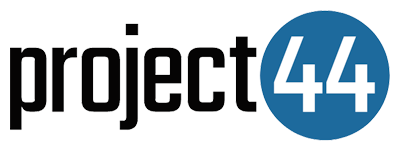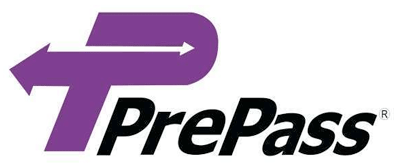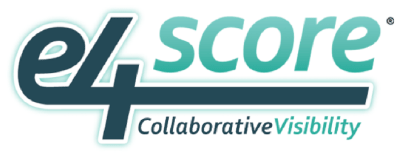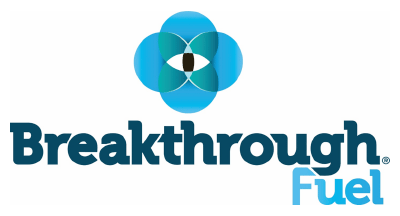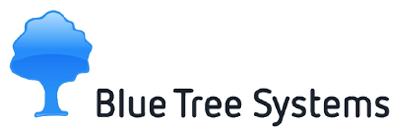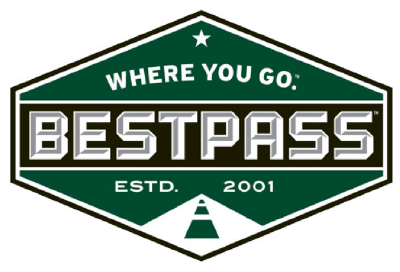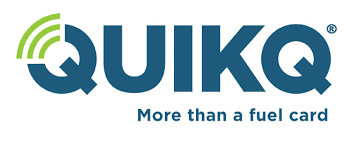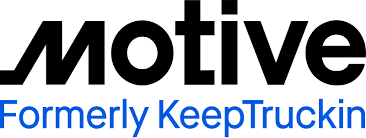Ditat allows companies to efficiently, affordably link with supply chain partners
Article written by Jenny Glasscock, Freightwaves
If you don’t know what electronic data interchange (EDI) is, it’s likely you’ve at least heard it mentioned by one of your supply chain partners at some point.
EDI has been the front-running choice for internal information sharing between shippers and carriers for decades. It allows two companies to efficiently transmit data electronically between internal systems, removing the need for data entry or phone calls that would have previously been required. EDI is how a carrier, for instance, can complete daily tasks like accepting or rejecting load tenders, answering check calls and sending invoices without having to leave its TMS.
While fleets with a large number of trucks set up EDI to reduce manual work, smaller carriers operating in the spot market tend to avoid setting up a connection for just one load with a shipper. This usually changes when they must set up long-term partnerships with large shippers which are seeking to streamline processes as much as possible.
“Usually, these vendors won’t work with carriers who don’t use EDI because they don’t want to send all those loads manually,” said Ivan Demkovitch, president of Ditat, a powerful TMS solution for carriers and brokers.
Let’s go back to the basics to break down EDI, why it is still a relevant and powerful option and how it differs from application programming interfaces (APIs).
What is EDI?
EDI allows two companies to send data between their internal applications, like a carrier’s TMS and a shipper’s internal system.
Its standardized transmission protocols and formats allow developers to establish a connection and share data files between trading partners.
EDI is still widely used in the transportation industry because of its security and ability to send batch information. Data can even be sent instantly through one of the most commonly used transmission protocols, Applicability Statement 2 (AS2).
One downside is there is a learning curve for developers new to EDI. Understanding its various formats could require a subscription to a learning platform as not all information is freely available on the internet. Also, EDI can become costly.
However, with Ditat, this is not a problem. Its developers are well versed in EDI and are able to affordably set up a connection for carriers and shippers, which will be discussed in the following sections.
Keeping EDI costs down with Ditat
EDI is often considered to be expensive to implement.
Demkovitch says this perception comes from the use of Value-Added Networks (VANs), which act like an intermediary in the data transmission process and can translate messages in different formats. VANs can quickly become expensive because many companies charge per kilo-character.
Ditat is able to offer quick and cheaper EDI setups than other similar companies because of its large base of shippers that have established connections with its system. It is also able to offer low EDI costs because it does not profit from this service.
“We ran internal reports on how much time our developers and support staff spend and, in the end, we break even on EDI,” Demkovitch said.
Ditat’s EDI process
When a carrier wants to start working with a new shipper, most will require some way to automate communications.
With Ditat, carriers do not need to have their own experts on staff or hire a third-party developer to set up an EDI connection. Users just need to reach out to customer support, which will take it from there to start working with the vendor to find out its message requirements and specifications.
At that point, developers will establish connections with the vendor, perform mapping to translate and understand what is being sent and set up and test the EDI messages before it goes live.
The end result is a seamless user experience.
“No extra steps or clicks are needed to handle EDI connectivity within our TMS,” Demkovitch said. “When it’s implemented to end users, it feels like using the end system exactly the same without EDI.”
That means users are able to complete vital business tasks, like accepting or rejecting loads, providing updates on the status of a shipment and requesting payments all within one system.
What about API?
It is impossible to talk about EDI without mentioning API, which has gained popularity in recent years. API is a much newer technology and essentially accomplishes the same goal as EDI but is known for its real-time transmission.
However, API is not built for sending a large amount of data at once, unlike EDI, and it is often seen as not being as secure because of being web based.
One of the biggest challenges with API that Demkovitch acknowledges is the initial setup process, which can take a lot longer than EDI. API formats are not standard like EDI, so it takes more upfront work to understand another company’s code. As a result, API connections become a costly custom development process that isn’t feasible in the long run, especially for carriers working with numerous shippers.
API is becoming increasingly popular, but despite its age, EDI is still an effective, widely used, affordable and secure solution for carriers to integrate with shippers. Ditat’s developers boast a deep knowledge of EDI communications and are able to quickly establish connections so that carriers can hit the ground running with a new shipping partner.
« Back to Blog







